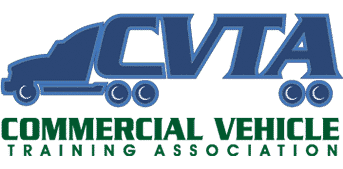After you earn your commercial driver’s license (CDL), there are many different types of commercial motor vehicles (CMVs) that you might drive during your career. Knowing the many varieties of vehicles that you could encounter can help you find your niche as a trucker. It’s also important to know if any additional license requirements apply for the CMV you wish to drive.
Here are some of the different types of CMVs:
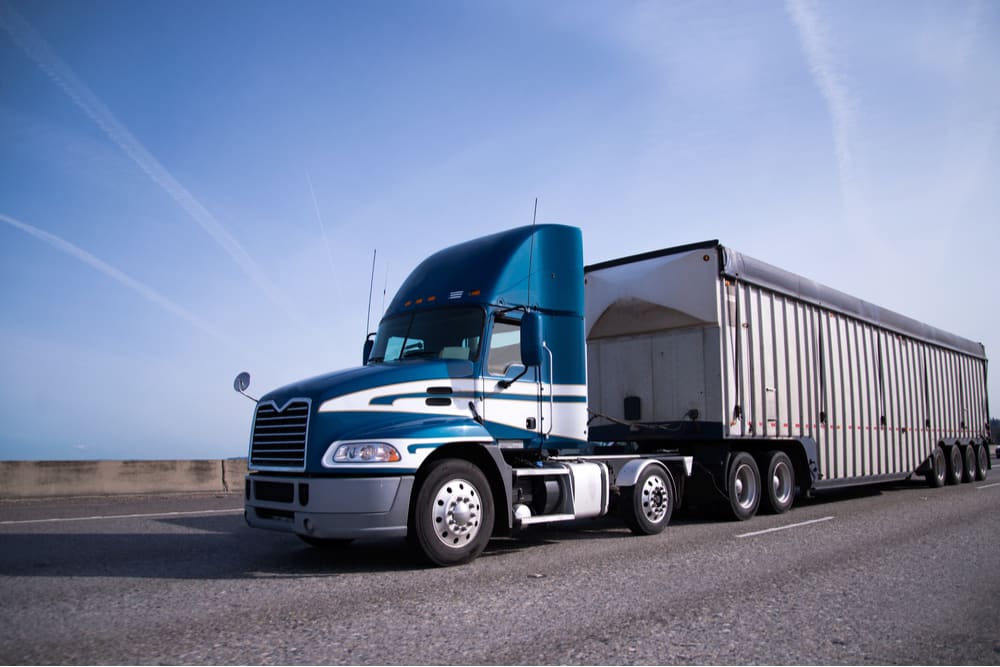
Semi-Truck
The first vehicle that many people envision when they think of CDLs is a semi-truck. You may also hear the terms tractor-trailer, big rig, 18-wheeler, or semi-trailer. All of these refer to a tractor unit (the front part of the truck) with an attached trailer. According to the American Trucking Associations (ATA), semi-trucks transport 71.4% of freight in the United States. The first tractor-trailer was invented in 1898 and these vehicles have become more advanced over the years. They are an essential part of the supply chain and the nation would not be able to function without them.
The most basic type of semi-truck is a dry van, which has a trailer that hauls materials that do not have any special requirements. This can include many different types of cargo.
In addition to a basic tractor-trailer, there are types of semi-trucks that have different attachments:
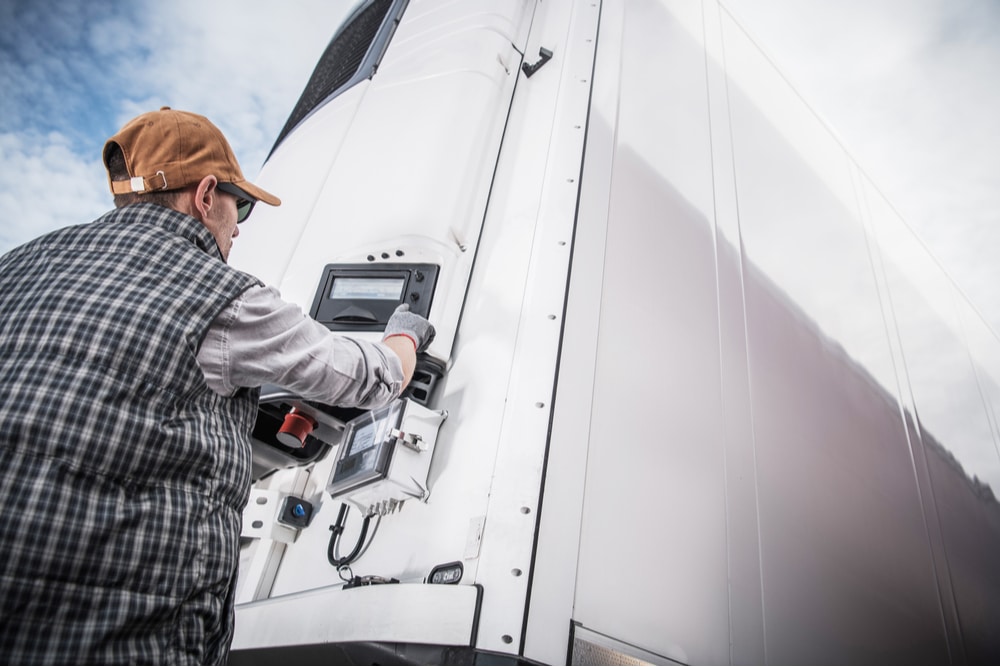
Refrigerated Truck
Refrigerated trucks, also called reefers, have the same basic structure as a dry van tractor-trailer. The difference is that the trailer portion is refrigerated.
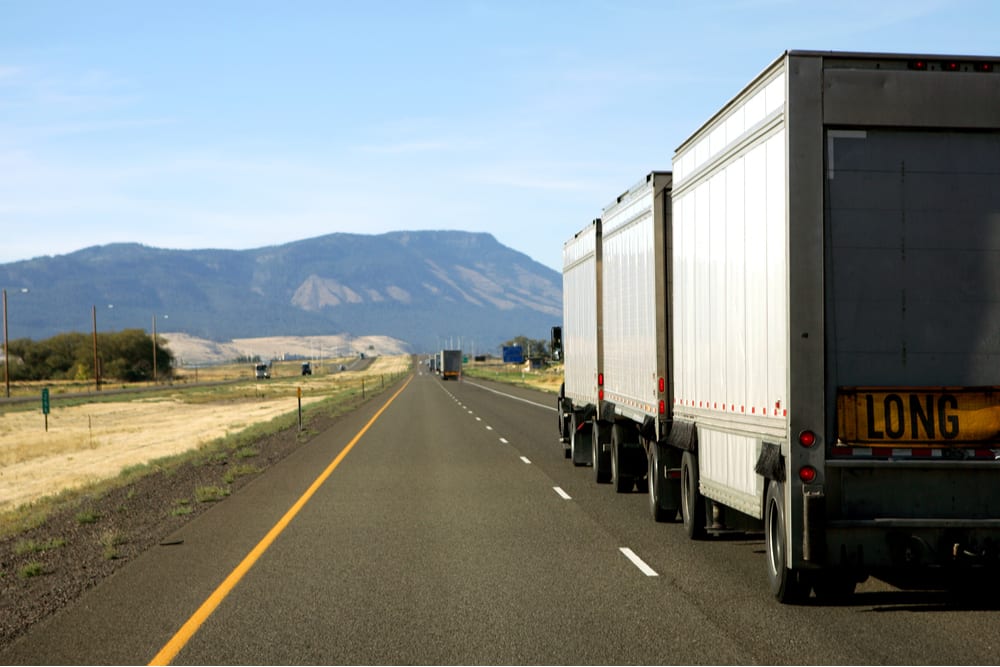
Long Combination Vehicle
A long combination vehicle (LCV) is a semi-truck with more than one trailer attached to the tractor. These vehicles require the doubles/triples endorsement as there are additional factors to keep in mind when operating this type of truck.
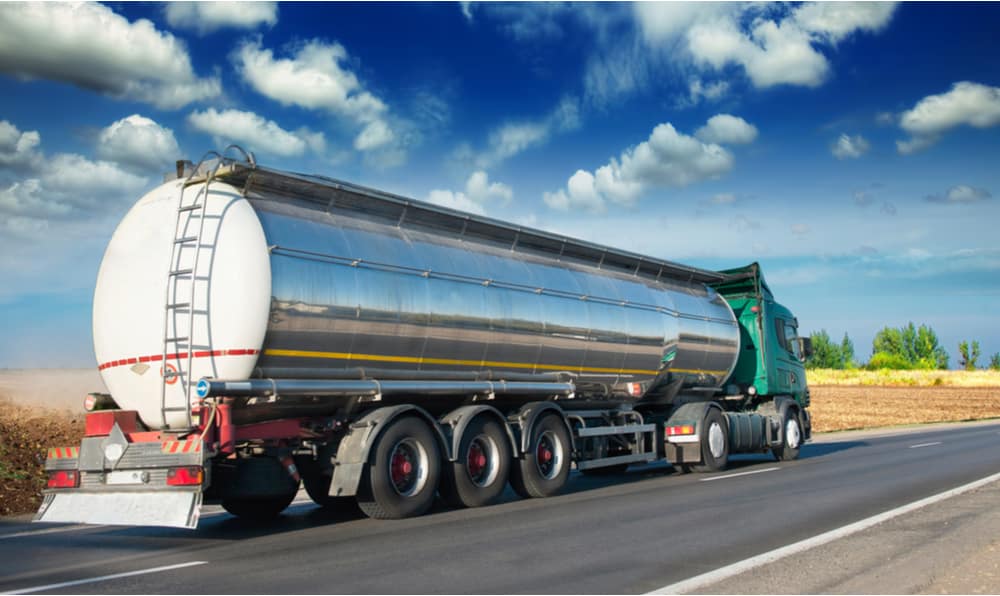
Tanker
Tankers are a specific type of semi-trucks. They have a front truck portion with a tank attached in place of the traditional trailer you see on most big rigs. This tank can transport liquids, gases, or dry bulk. If the tanker truck is hauling a fluid, the driver will need a tanker endorsement on their CDL. In many cases, a hazardous materials (hazmat) endorsement is also necessary, depending on the specific type of freight.
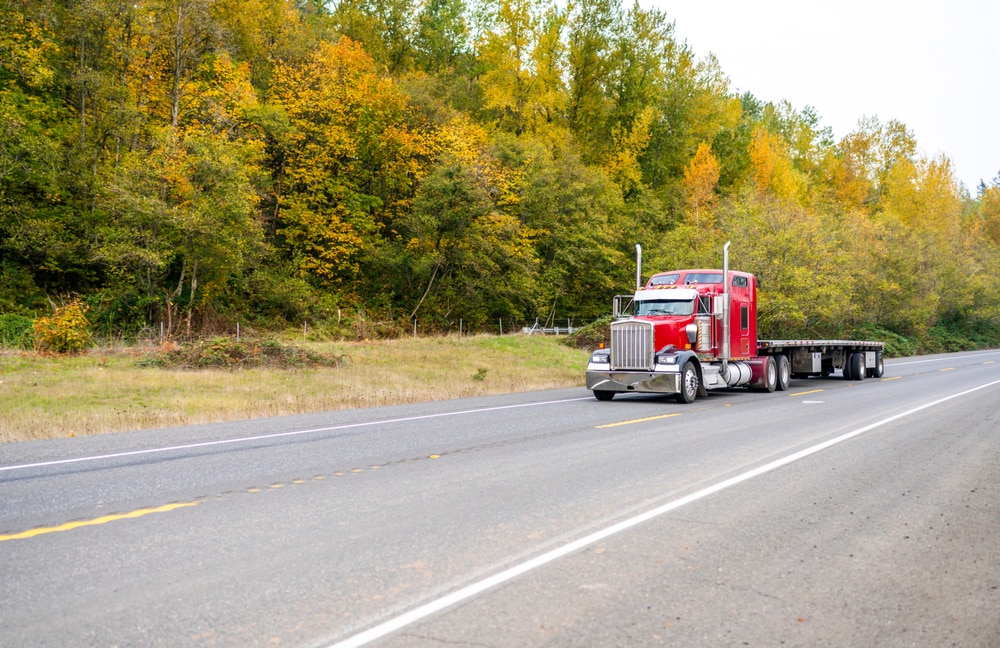
Flatbed Truck
A flatbed semi-truck has a flat platform attached to a tractor. Freight can be secured on this bed and these types of CMVs are often used to transport oddly-shaped or large cargo.
CMVs Besides Semi-Trucks
After earning your CDL, you can drive other types of vehicles beyond semi-trucks.
Some examples include:
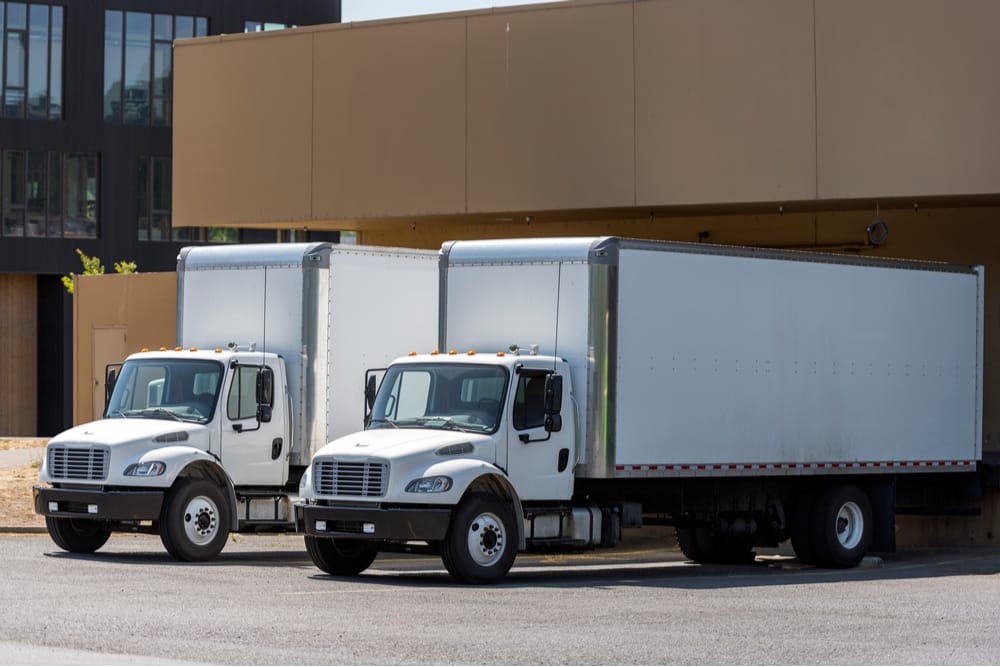
Straight Truck/Box Truck
Straight trucks, also known as box trucks, may look similar to semi-trucks at first glance. The difference is that the trailer is attached directly to the truck without a fifth-wheel connection. This means the trailer cannot be removed. These are commonly used for local deliveries.
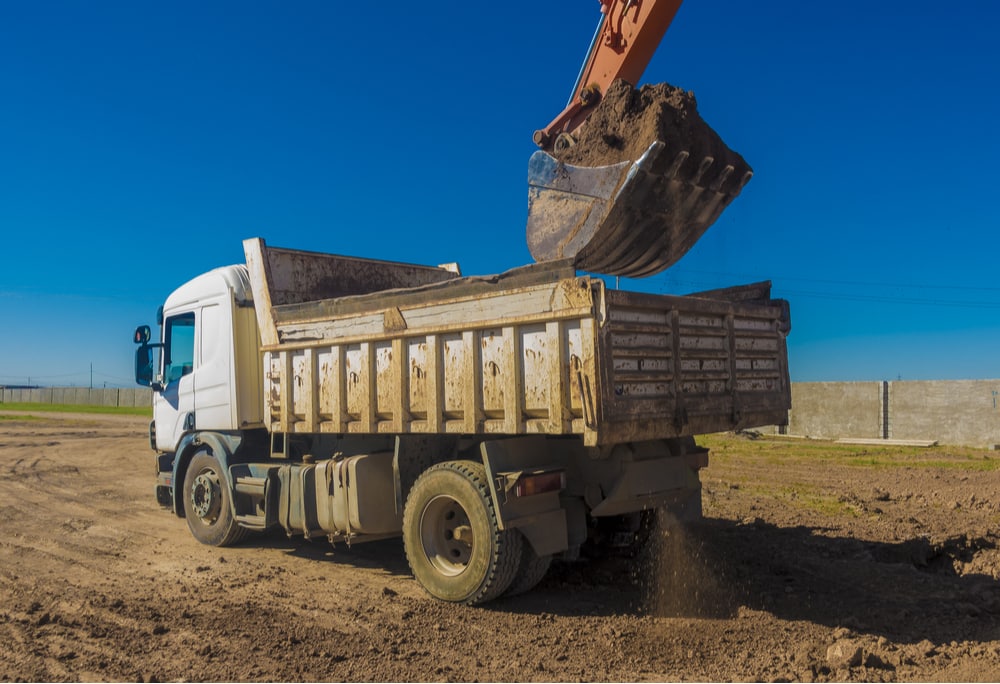
Dump Truck
Dump trucks typically require a CDL to operate. Additionally, other types of heavy vehicles used on a construction site may or may not require a commercial license, depending on the specific circumstances. As a result, some CDL holders choose to work as highway maintenance technicians or other similar jobs. Some heavy equipment is transported to a worksite via a flatbed truck, so this is another reason having your CDL can be beneficial for this career.

